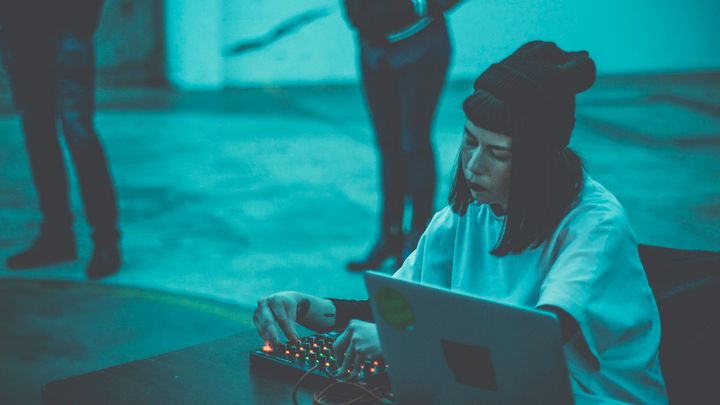Review: Phill Niblock – NuDaf

XI RECORDS.
NuDaf diverges from other Phill Niblock pieces I’ve experienced. I’m used to hearing a certain linear progression with his work – slow and inevitable, often manifesting as the microtonal melting of an opening chord, dragging the piece from unity into disarray. And while these 65 minutes become denser as time passes, the composition ultimately disperses with linear direction. It resembles a thousand helpless guesses at a combination lock: the bassoon of Dafne Vicente-Sandoval is deconstructed and reconstituted continually, as Niblock introduces the hornet-like rasp of the reed, throttles back on the multitude of soft harmonics, twists together two drones at similar pitches and invites guttural low tones into the frame. It is, as Michael Pisaro-Liu remarks in the accompanying notes, “a portrait of the musician who makes the recording”, gradually materialising through the persistent overlaying of combinatorial approximations, using a restless deliberation between inadequacy and refinement.
One of the most striking facets of the work is how the stereo image always seems to be tilting. Balance is lost and redressed. Low tones press down on the left, seemingly lifting the high notes to the right. Harmonics bloom between the notes like the seepage of spilled wine, once again adding weight unevenly to one side or the other. At some points the piece becomes almost skeletal, draining away information in the low frequencies to leave just the dry, slender buzzing of a dozen multitracked Vicente-Sandovals, all hitting the same high note in theory, but creating beautiful tuning divergences in practice. As always with Niblock works for a single instrument, I must keep reminding myself that everything I’m hearing derives from the bassoon – even as certain harmonics mimic dramatic timpani rolls and others adopt the same shimmer as vintage synthesisers. Listen closely and you’ll hear Vicente-Sandoval’s gasping in-breaths, which always yank the listener back to the reality of the piece’s creation.

